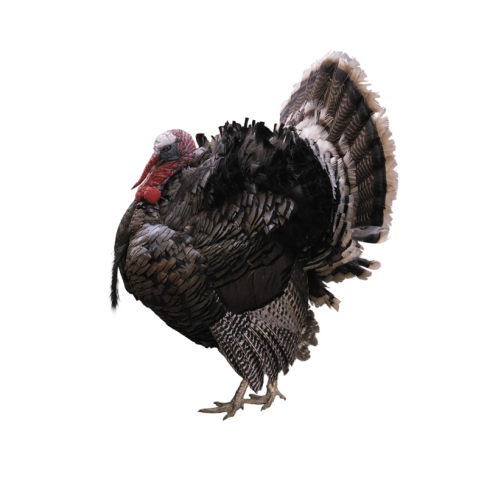What Makes Your Thanksgiving List?
Confession: I started listening to Christmas music well before Halloween. Yes, I’ll admit I’m one of those people who can’t get enough Yuletide spirit. But sandwiched between the trick-or-treating and gift-wrapping sits Thanksgiving, that wonderful annual reminder to stop and reflect on the blessings in our lives.

RTB founder Hugh Ross incorporates flowers and autumn leaves into his list of gratitude-inducing creations, too—but he also includes things that the rest of us might overlook, such as:
- Sperm whales’ eco-friendly diet: These massive predators consume giant and colossal squid, resulting in iron-rich excrement that sustains phytoplankton, which, in turn, “accounts for most of the carbon dioxide removed from the atmosphere.”
- The extinction of mammoths: When mammoth populations disappeared, birch forests flourished in the northern regions of the world, leading to an increase in the average mean global temperature and providing friendlier habitats for various creatures and humans.
- Meat-loving critters: Whether it’s sperm whales or your pet cat, “carnivores appear to be optimally designed to maximally benefit the health and population levels of the herbivores they prey upon by selectively weeding out the sick and the dying.”
- Gas giant neighbors: Jupiter and the other gas giant planets in our solar system appear perfectly designed to “provide Earth with [an] ideal shield” against excessive bombardment by asteroids and comets.
- The busy beaver’s waterway construction: Once hunted extensively for their pelts and condemned for the floods created by their dams, beavers now appear to be vital players in North American ecosystems; specifically, their architecture leads to “the creation of wetlands and wet meadows” and “[helps] purify our lakes, rivers, and waterways.”
Later this year Hugh will be adding sand (Today’s New Reason to Believe) and sea otters (Reasons newsletter) to the list. The common thread through all these articles is purpose. Each of these features of creation has a place in the world and a role to play in making our planet life-friendly. For example, Hugh explains that without flowering plants Earth “would not only be drab and uninspiring but would also be much drier and hotter and lacking in species diversity.” Meanwhile, the just-right amounts of fallen and decaying leaves “maximize the forest biomass and health.”
Psalm 104, the primary “creation psalm,” declares, “May the glory of the Lord endure forever; may the Lord rejoice in his works—.” Indeed, the aspects of nature Hugh highlights may be unusual, but they no doubt inspire rejoicing. It’s abundantly clear that this world is well designed, not only to sustain life (humans in particular), but also to glorify the Creator.
— Maureen





